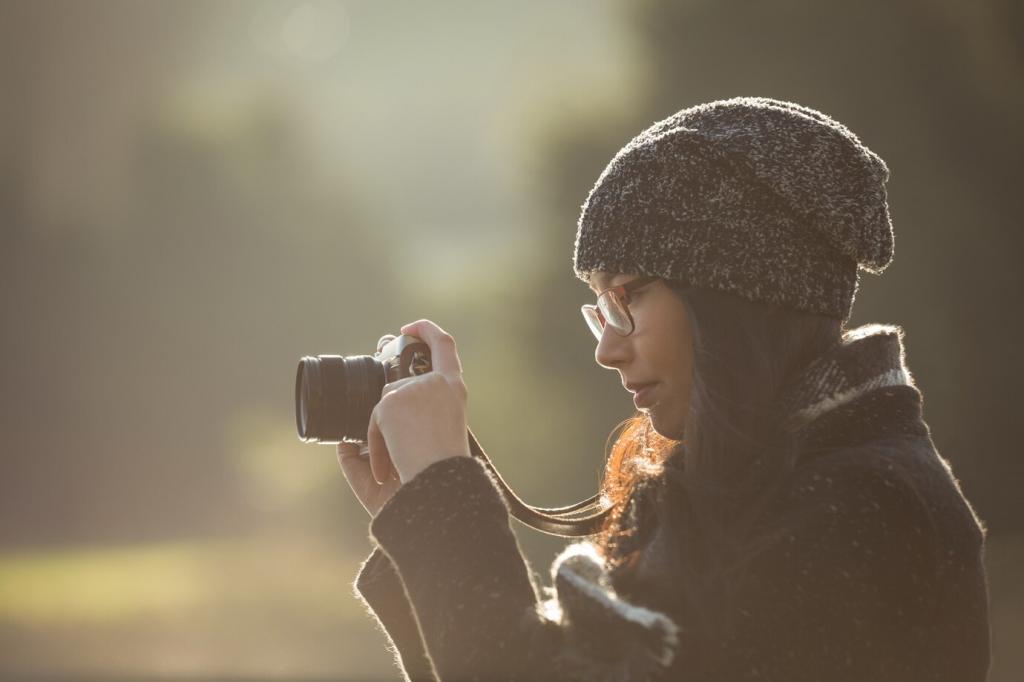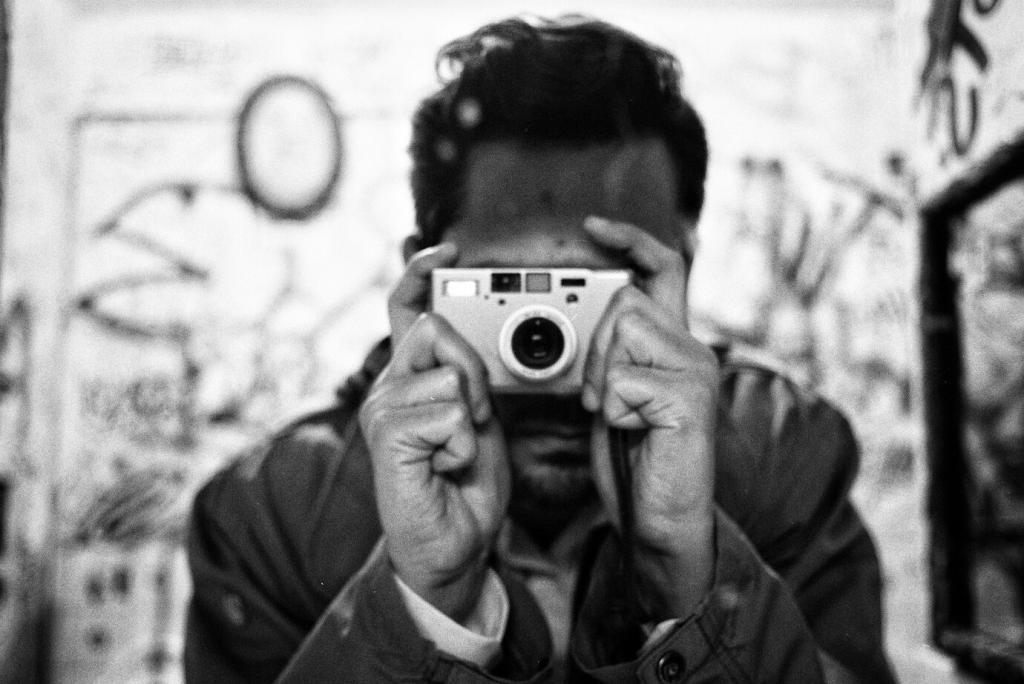Understanding Exposure Settings for Night Sky Photography
Chosen theme: Understanding Exposure Settings for Night Sky Photography. Step into the quiet, star-filled hours and learn how ISO, shutter speed, and aperture work together to reveal the cosmos. Stay curious, ask questions, and subscribe for more night-sky wisdom.
The Night Exposure Triangle: Balancing Light in Deep Darkness
Why Exposure at Night Is Not Like Daylight
At night, your meter craves mid-gray, but the scene is mostly black. Aim to preserve star highlights while lifting shadows later. Underexposure multiplies noise; thoughtful exposure preserves fragile detail. Share your approach and tell us what confuses you most.
A Mindset Shift: Protecting Star Highlights
Instead of exposing for midtones, prioritize tiny, bright points. Clip them and they lose color and structure. Expose so the histogram rises gently from the left without touching the right. Comment with your camera model, and we’ll suggest safe starting points.
Field Anecdote: The Night I Learned to Listen to the Histogram
My first Milky Way session, I trusted the meter and got murky frames. Nudging exposure a stop rightward saved star color without blowing Orion’s belt. That night taught me courage with ISO and intention with time. What turning point changed your exposures forever?
Shutter Speed Choices: Freezing Stars or Embracing Trails
The 500 Rule offers quick estimates, but the NPF Rule accounts for sensor pitch, aperture, and focal length, yielding sharper stars. Start with NPF for cleaner points, then adjust. Have you compared the two on your setup? Share your findings with sample crops.
ISO After Dark: Myths, Realities, and Sweet Spots
On some cameras, raising ISO in-camera or brightening in post yields similar noise, if exposure is adequate. But when read noise dominates, a higher ISO can help protect faint detail. Test your body to see where the balance lies. Post your results for feedback.
ISO After Dark: Myths, Realities, and Sweet Spots
Many modern sensors perform well around ISO 1600–6400 for starscapes. Too low invites underexposure; too high risks clipping highlights and reducing dynamic range. Create a controlled series at night and compare. What ISO preserves star color best on your camera?
Wide Open or Stopped Down?
Fast lenses gather vital starlight, but extreme apertures can introduce coma, astigmatism, and field curvature. Try f/1.8, f/2, and f/2.8 sequences; judge corners, star shapes, and vignetting. Post a four-corner crop grid and discuss what trade-offs you observe.
Prime vs. Zoom in the Night Sky
Primes often win for speed and edge quality, though modern zooms can surprise. If your zoom’s corners smear at f/2.8, stopping to f/3.2–f/4 may rescue stars. Share your lens and best performing f-stop for the Milky Way; let’s build a community cheat sheet.
Anecdote: How One Third Stop Changed My Summer Milky Way
I left a session disappointed by smeared corners at f/1.4. Next night, f/2.0 tightened star shapes without sacrificing sky texture. That tiny change lifted the image from cluttered to crystalline. What small aperture tweak yielded oversized gains for you?
Histograms, ETTR, and Metering When Everything Is Dark
Evaluative metering hunts for average brightness and will push you to overexpose the darkness. Instead, compose test shots, then study the histogram. Aim for a low, clean rise off the left with ample space before the right edge. Do you bracket test frames first?


Conditions That Shift Exposure: Moon, Skyglow, and Air
A quarter moon can brighten foregrounds by 1–2 stops, but it can wash out the Milky Way. If the moon is up, shorten shutter time or lower ISO to avoid clipping highlights. Share your favorite moon phase for balanced stars and landscapes.

